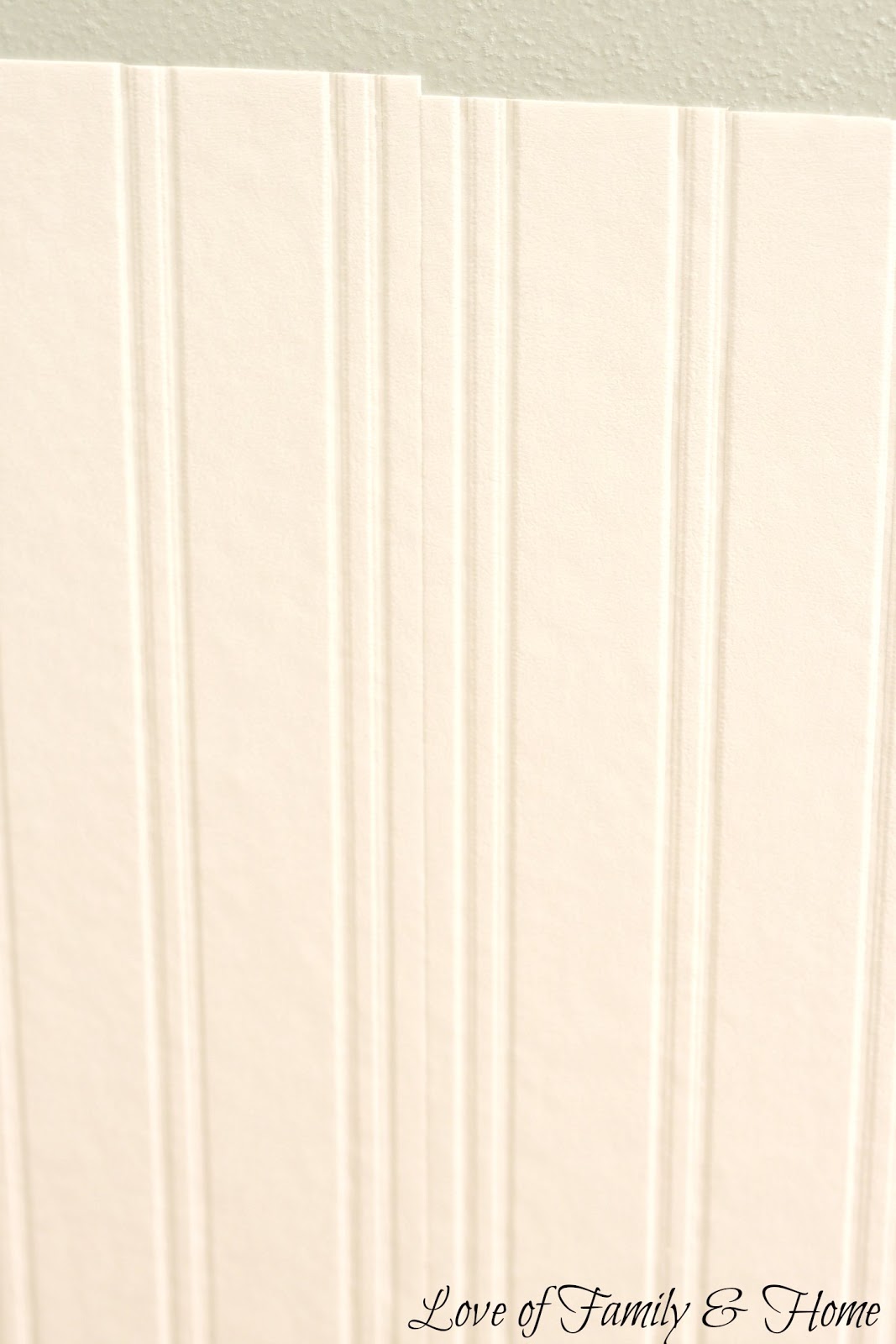What Is Beadboard. What is beadboard paneling made of? Associated with what is beadboard, there are two different styles of beadboard. For this reason, they are also called tongue and groove slats. Beadboard is a type of wall board originally made out of individual pieces of wood that locked together in a tongue and groove fitting.

What Is Beadboard What are the shipping options for beadboard wall paneling? Not sure what beadboard is? Originally this protected the paint on the walls from furniture being knocked against it and causing chips. Beadboard is a row of narrow wood planks lined up vertically on the wall. Related to what is beadboard, there are two totally different types of beadboard. Where does the name breadboard come from? Classically, it is installed so that the grooves run vertically, creating a striped or paneled effect, although people can. Wide plank beadboard looks less busy in large bathrooms and what an impact it can make.Beadboard is often used below a chair rail. Classically, it is installed so that the grooves run vertically, creating a striped or paneled effect, although people can.
What is beadboard is outlined as a sort of panels it's overlaid with various separate grooves.
What Is Beadboard Where does the name breadboard come from? With these 8 different ways to use it. Beadboard is a type of paneling that is covered in a series of distinctive grooves. Not sure what beadboard is? Wide plank beadboard looks less busy in large bathrooms and what an impact it can make. By sophie stillwell updated july 21, 2017. Where does the name breadboard come from? Beadboard is a type of wainscoting. What is beadboard paneling lovetoknow. Well this clear bread board might enlighten. But humidity is hard on wood, causing boards to pop and paint to crack.